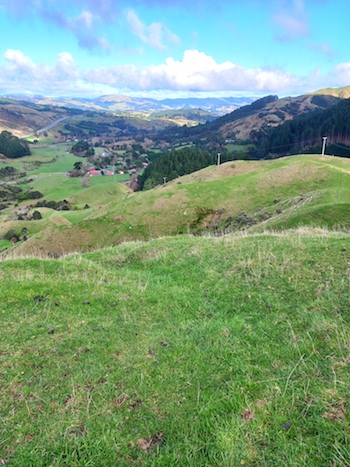Wars.nz
Horokiri/Battle Hill

Battle Hill/Horokiri (sometimes spelt Horokiwi) was the site of the largest and final confrontation in Wellington between Ngāti Toa, British and kūpapa forces in 1846. Having driven Te Rangihaeata from Mātaitaua, imperial forces joind by fighters from Te Āti Awa and a 'loyalist' faction of Ngāti Toa advanced upon a further position up the Horokiri Valley. Over the course of several days in early August 1846, and in cold and wet weather, the British hauled up heavy artillery before eventually concluding Te Rangihaeata could not be easily dislodged. Imperial forces retreated and left kūpapa to guard the site. It was discovered several days later that Te Rangihaeata had abandoned his position and fled north to Waikanae and the Manawatū. Although not exactly a victory for the British, the removal of Te Rangihaeata from Wellington — combined with the earlier abduction of Te Rauparaha from Taupō pā — removed Ngāti Toa as a serious competitor to colonial power in the region.
The site is now managed as part of Battle Hill Farm Forest Park by the regional council. A walk through farmland with somewhat dilapidated information panels identifies some major features, but a short detour off the track reveals what appear to be trench remnants, as Chris Pugsley identified in a 1994 article in NZ Defence Quarterly:
If you walk the track today you cannot see any sign of Rangihaeaa's trenches from five metres away. But climb off the track onto the small knoll between the third and fourth telephone posts on the hill and there, by a single round orange-banded post, is distinct evidence of his trenches. Their zigzag cuts across the narrow crest for some 24 paces. Forward in the centre is a fighting trench covering the dead ground.
Today, the knoll appears to be between the fifth and sixth telephone poles, shortly before a large basin marked with an information panel.
0
Comments